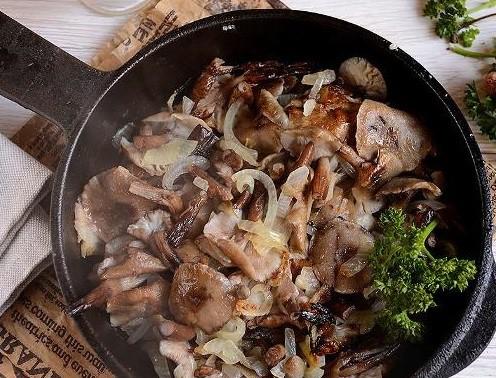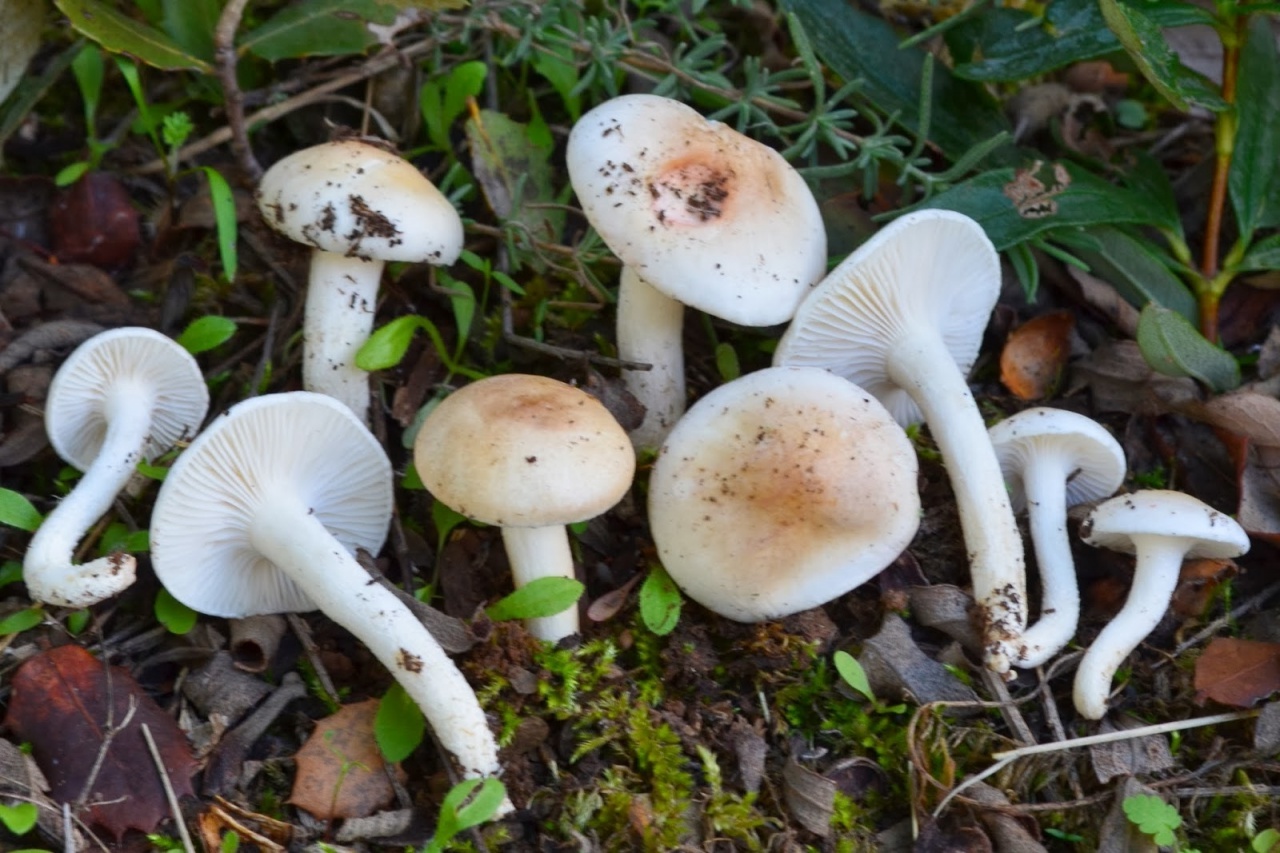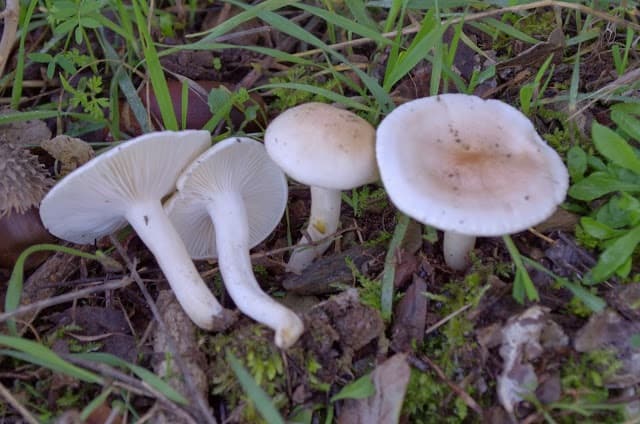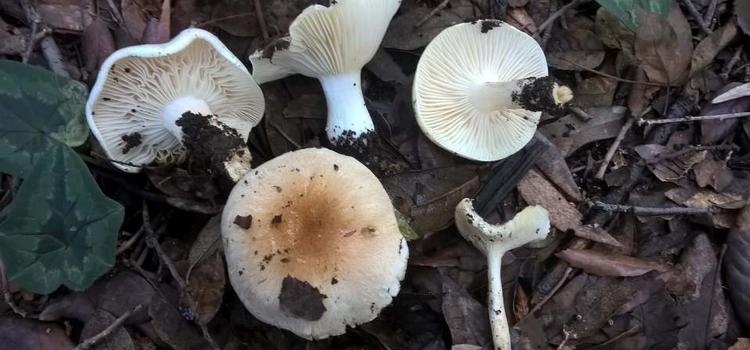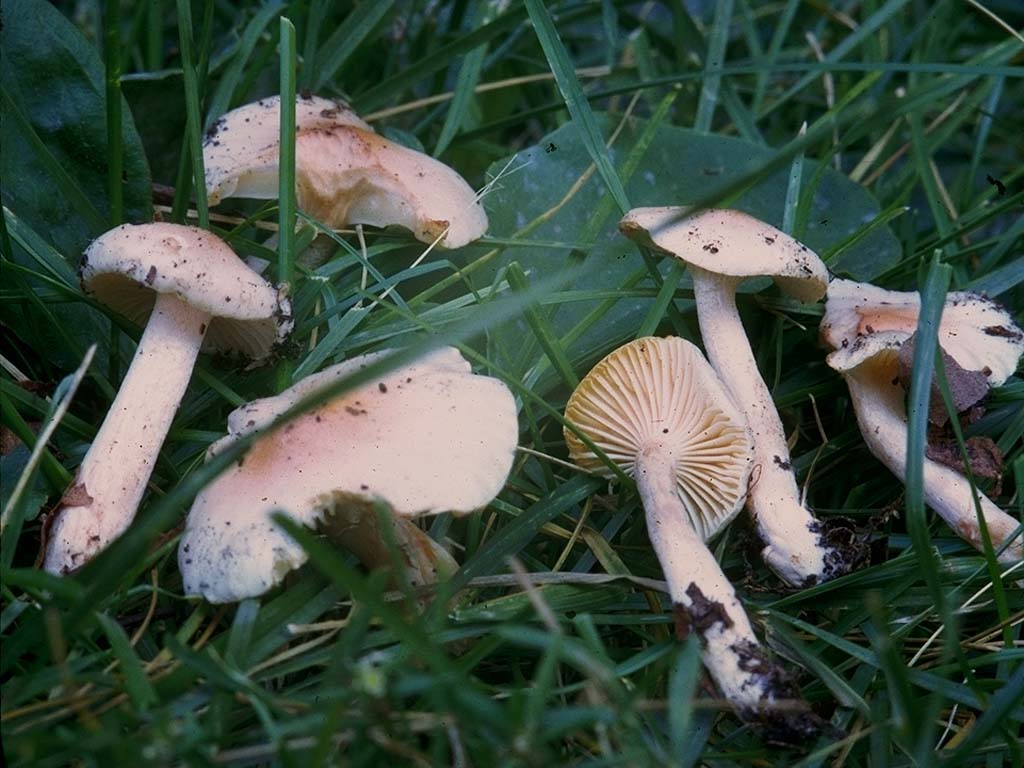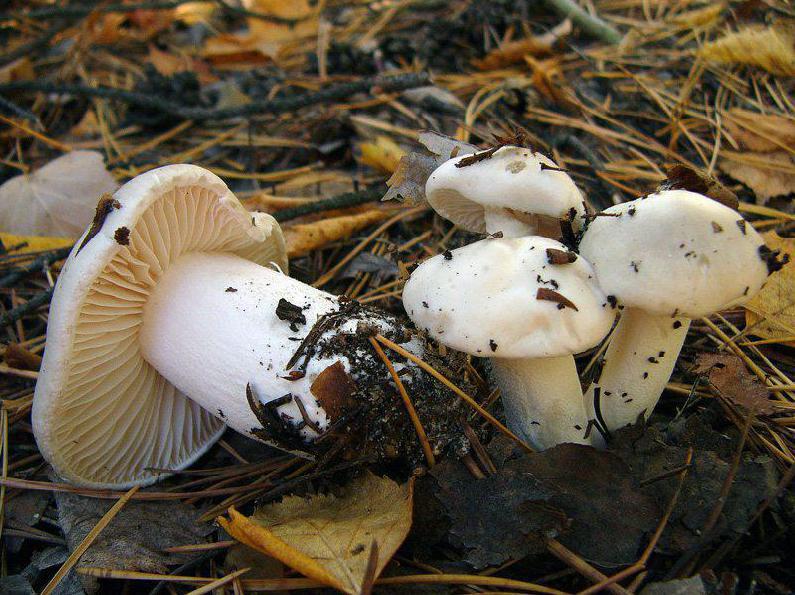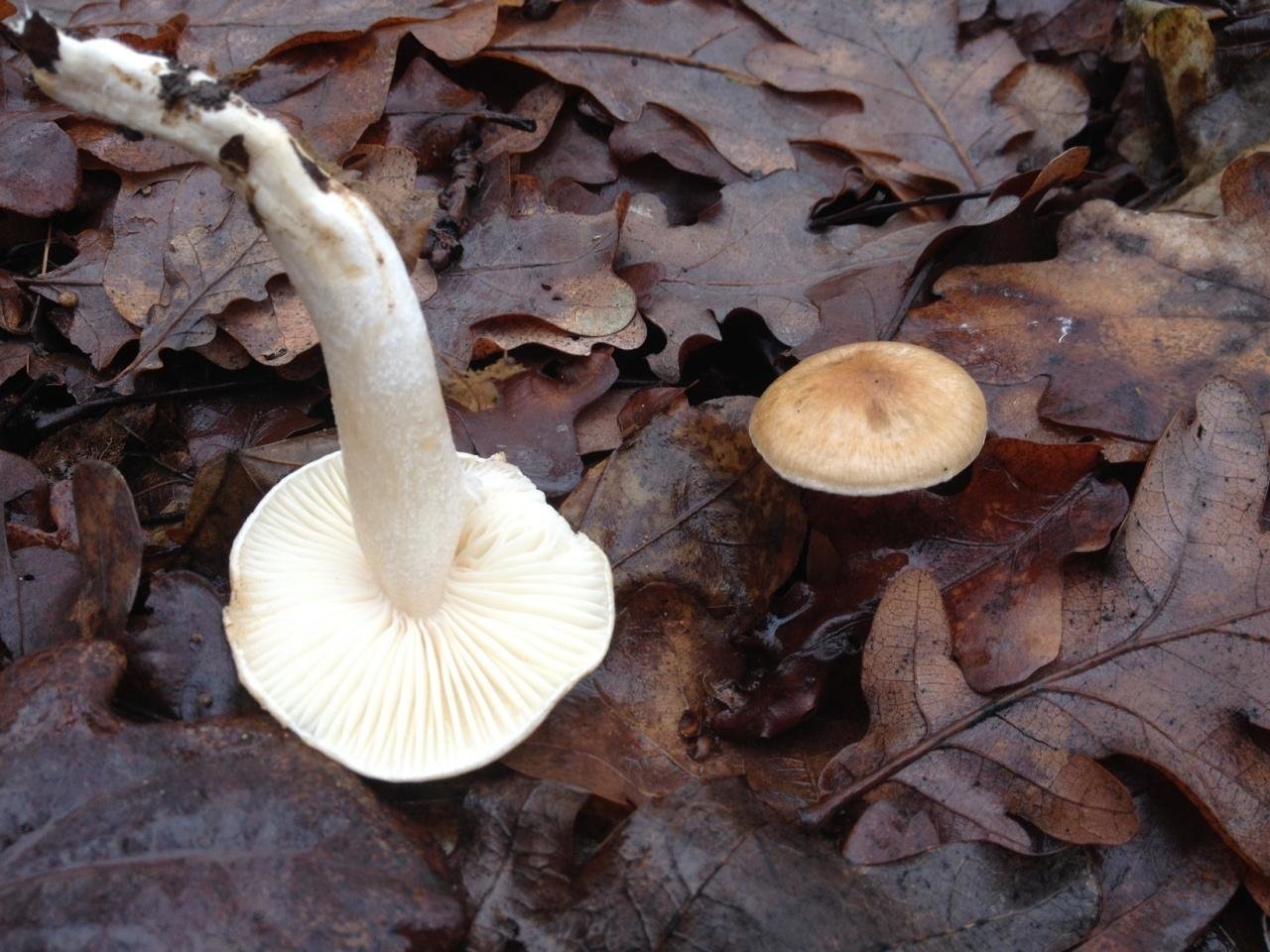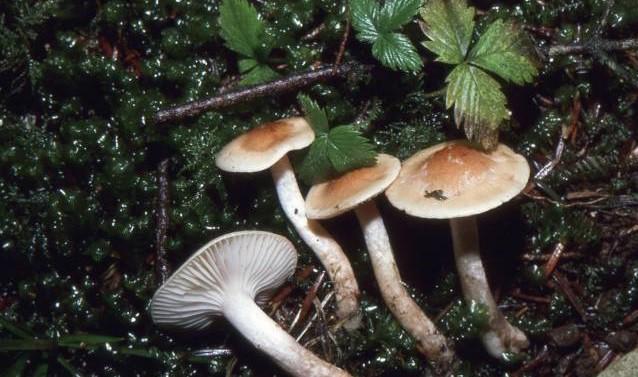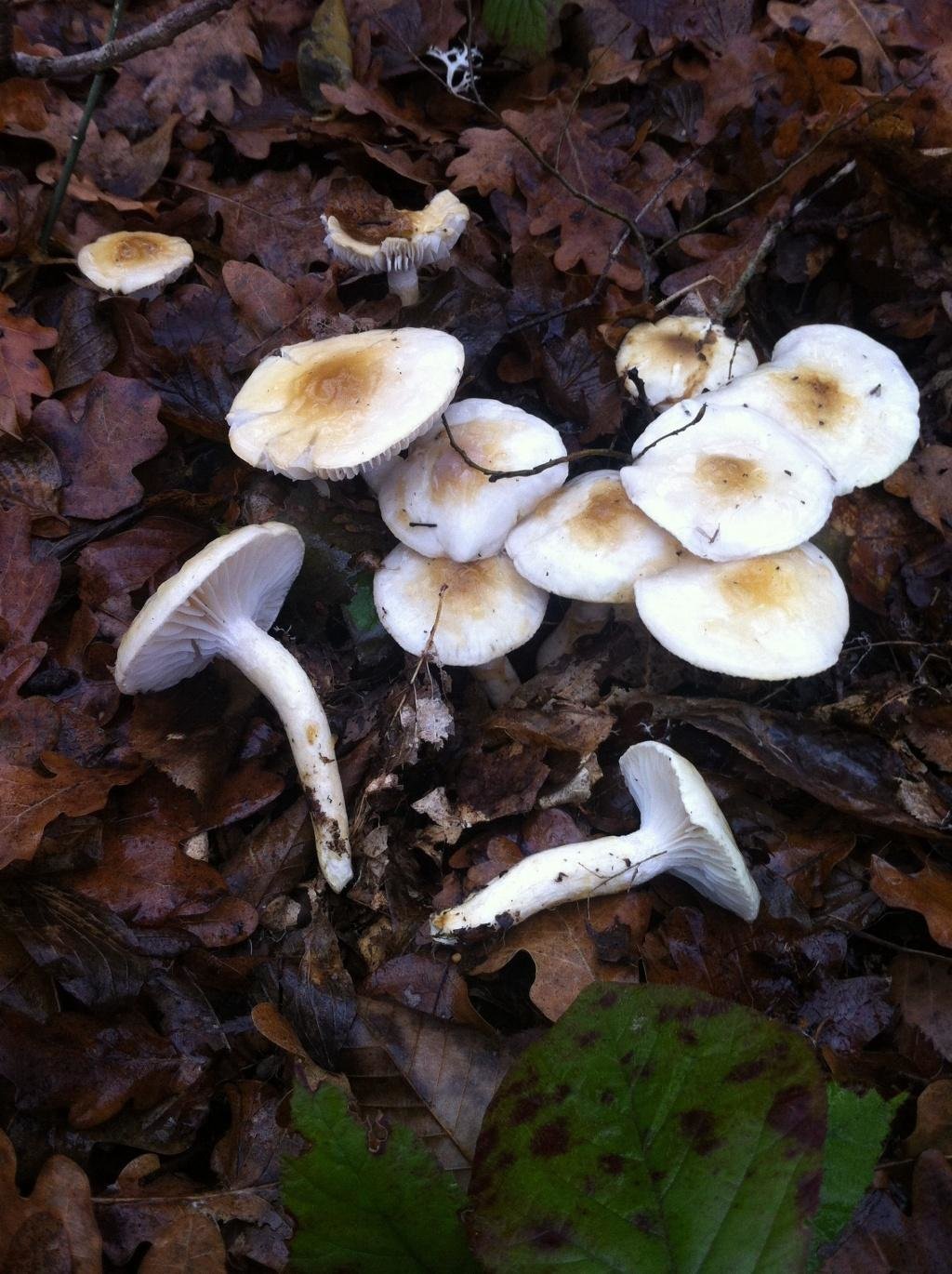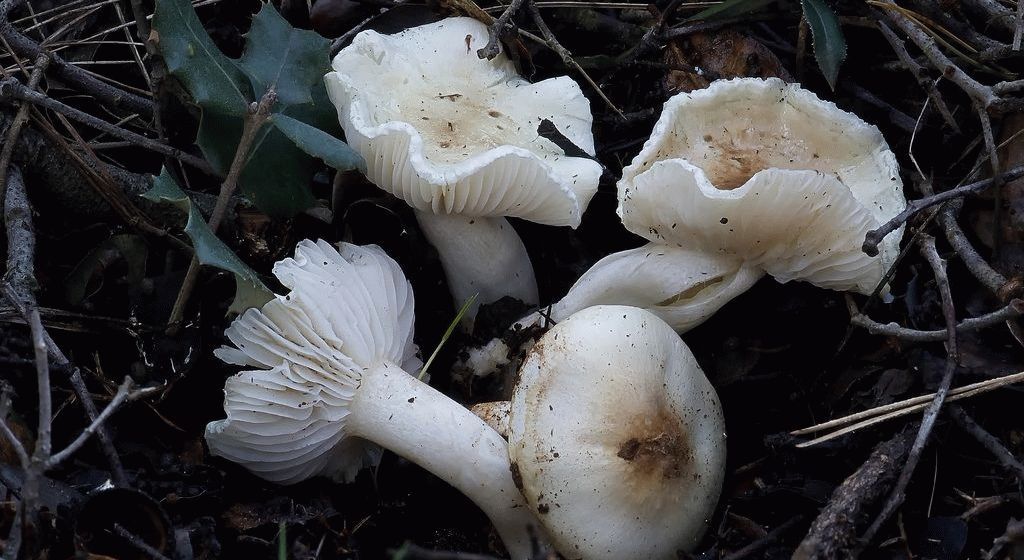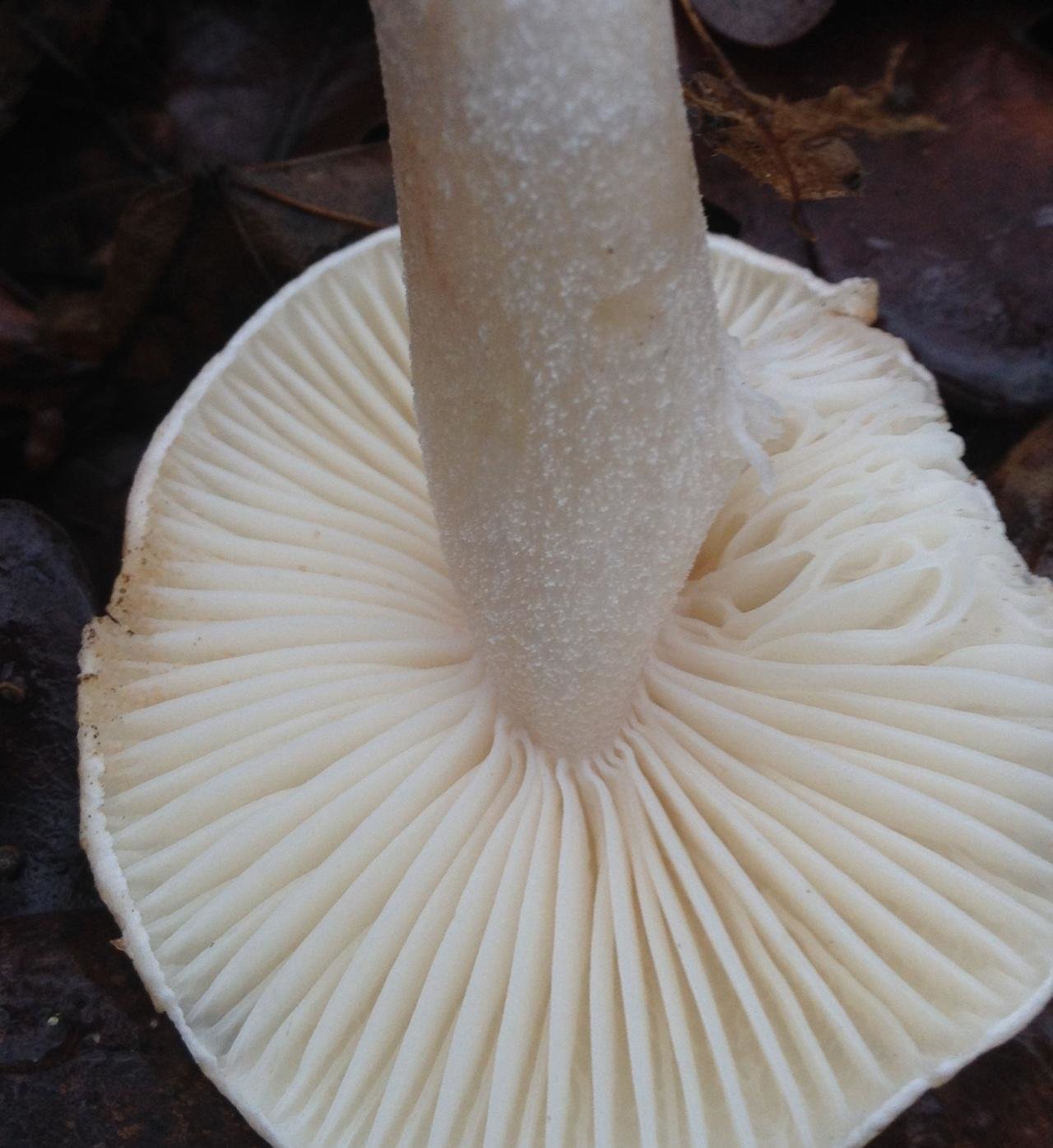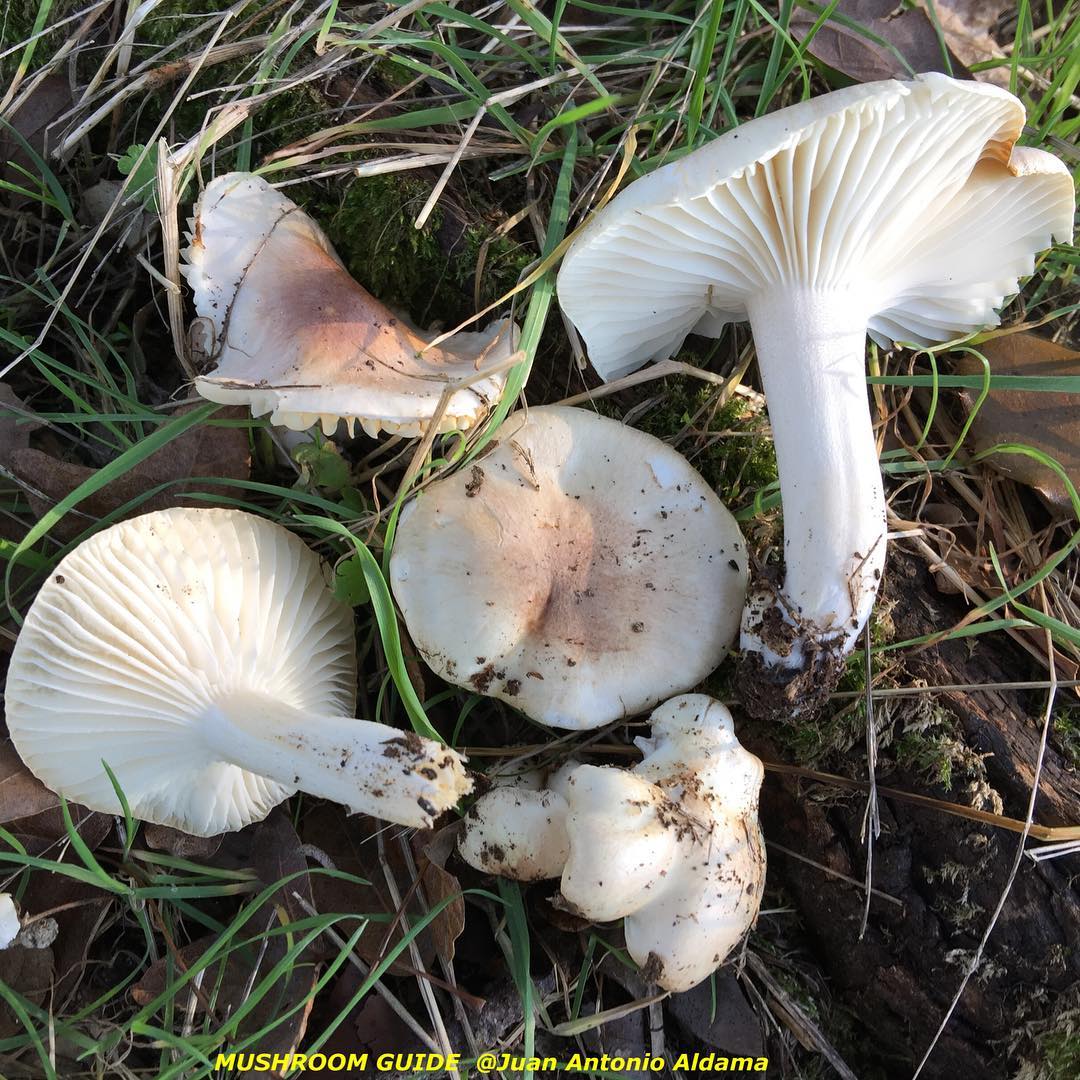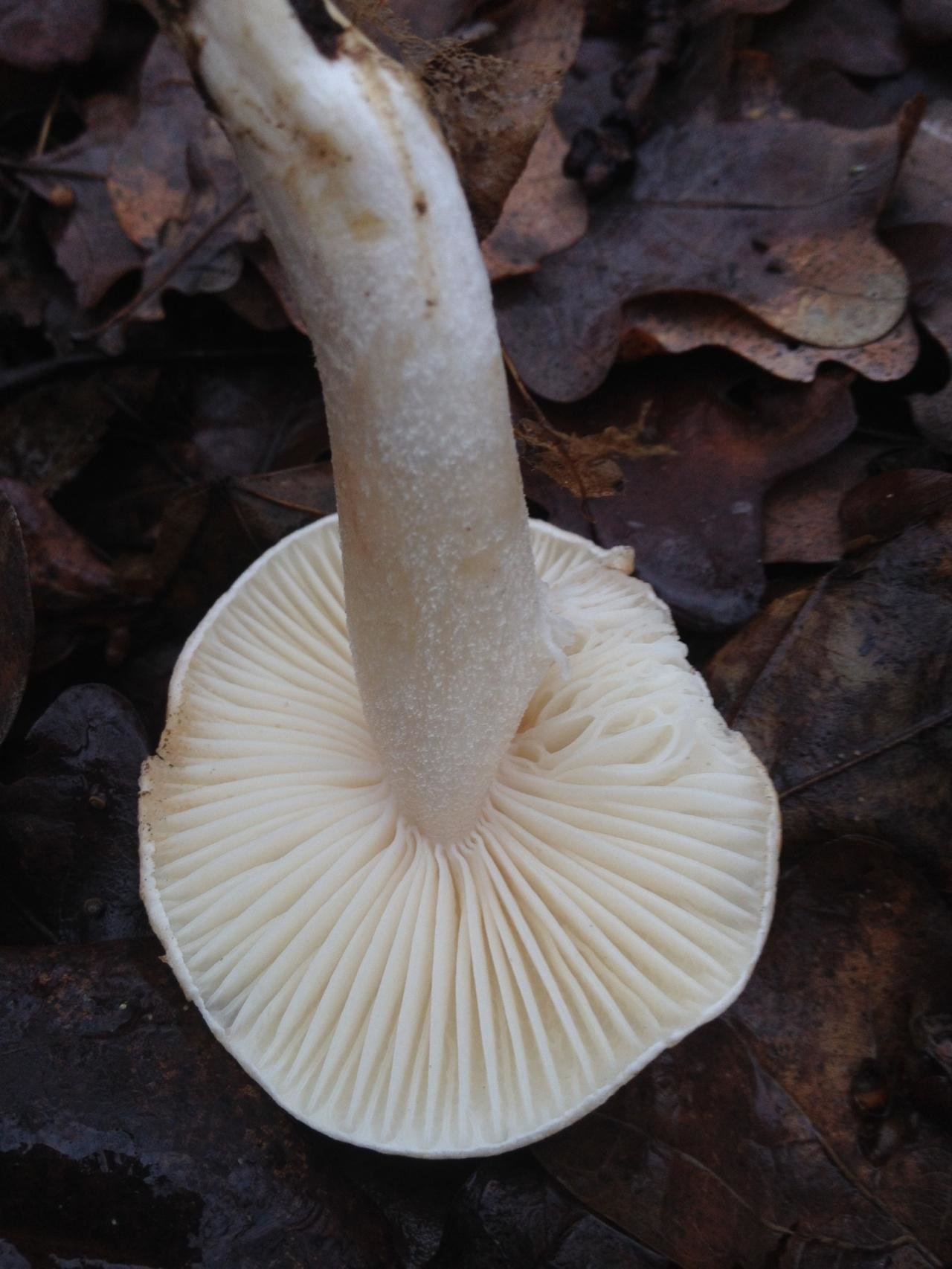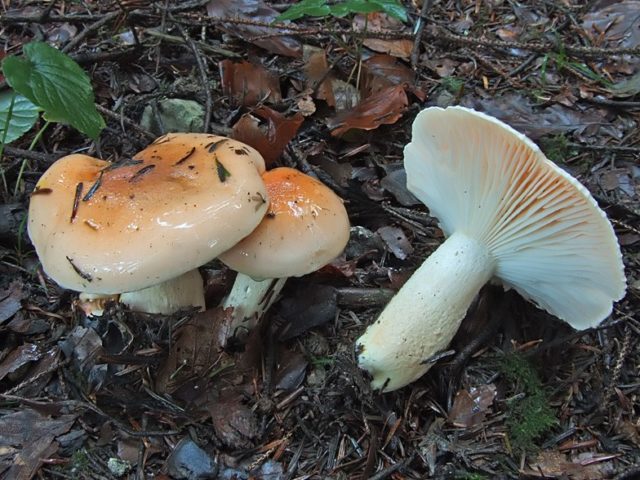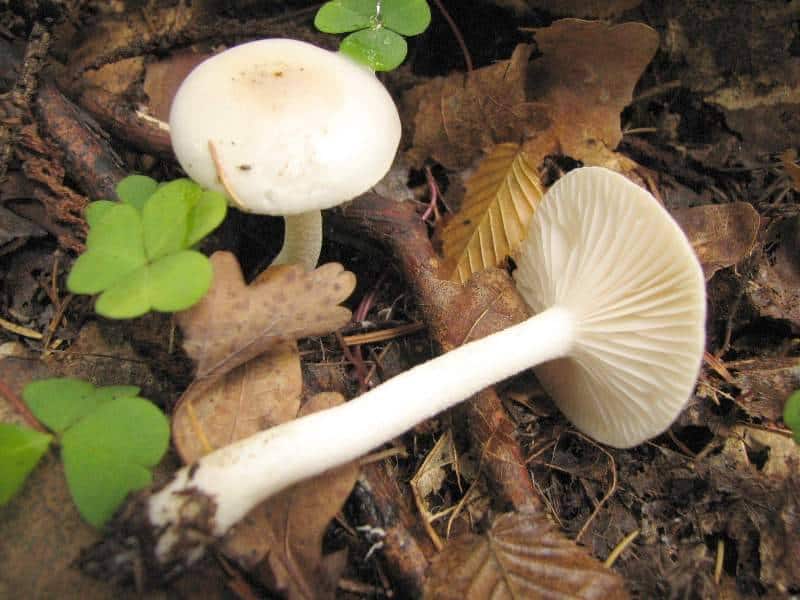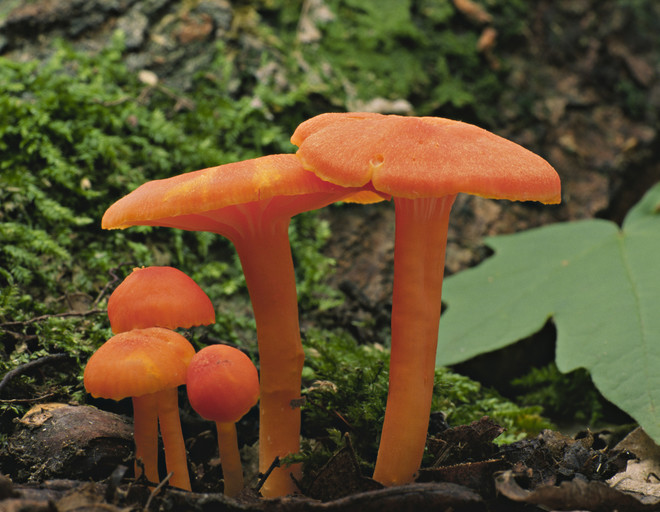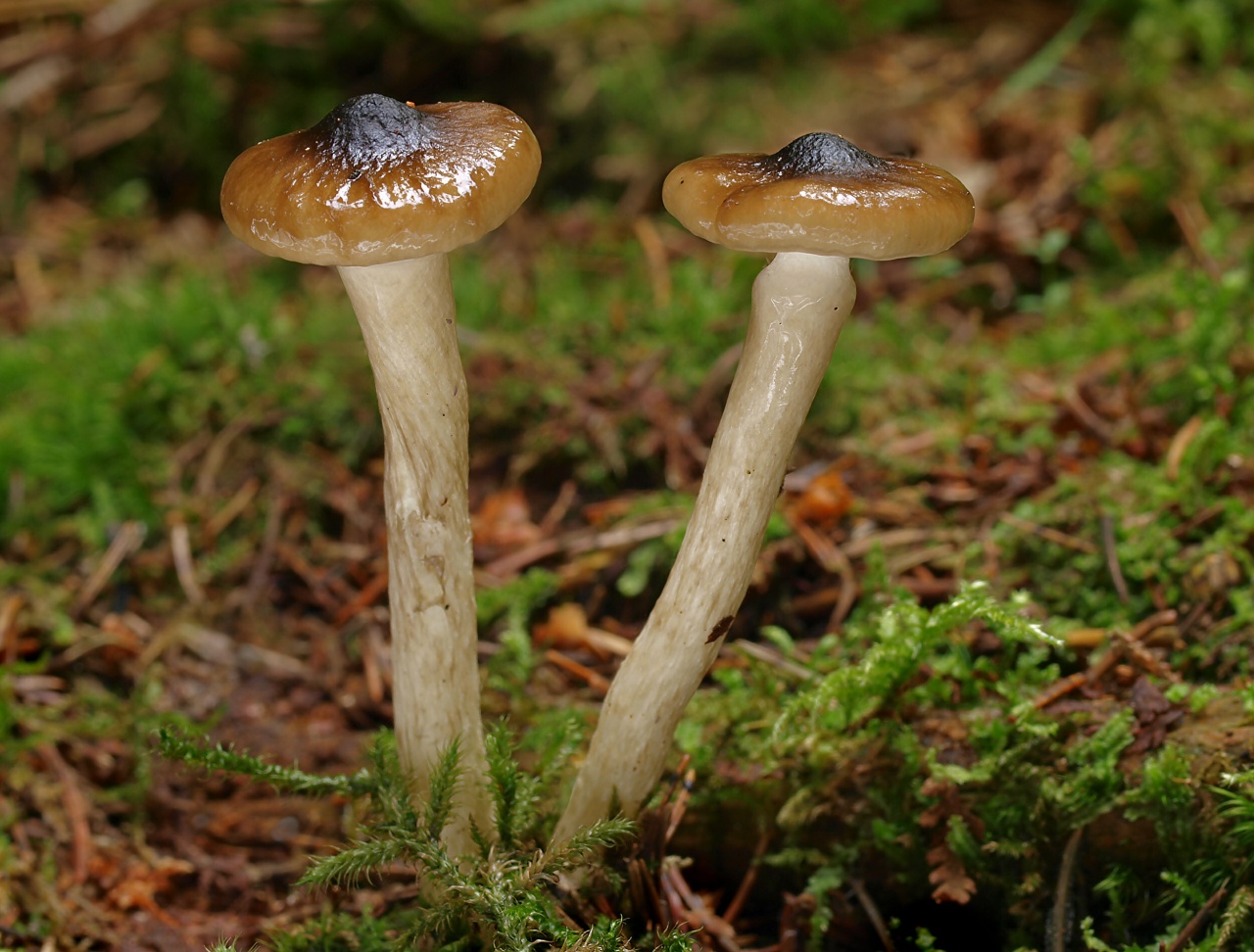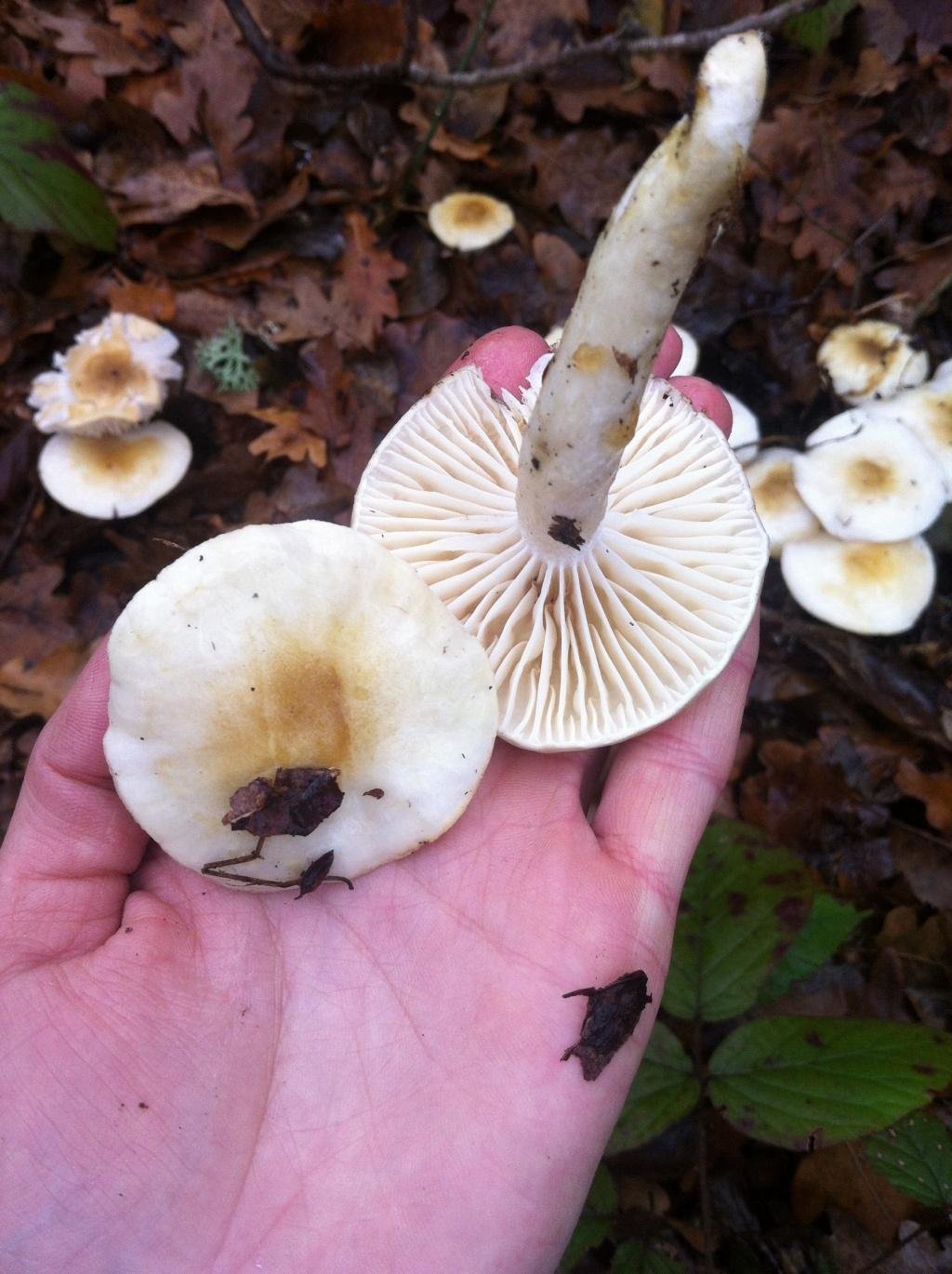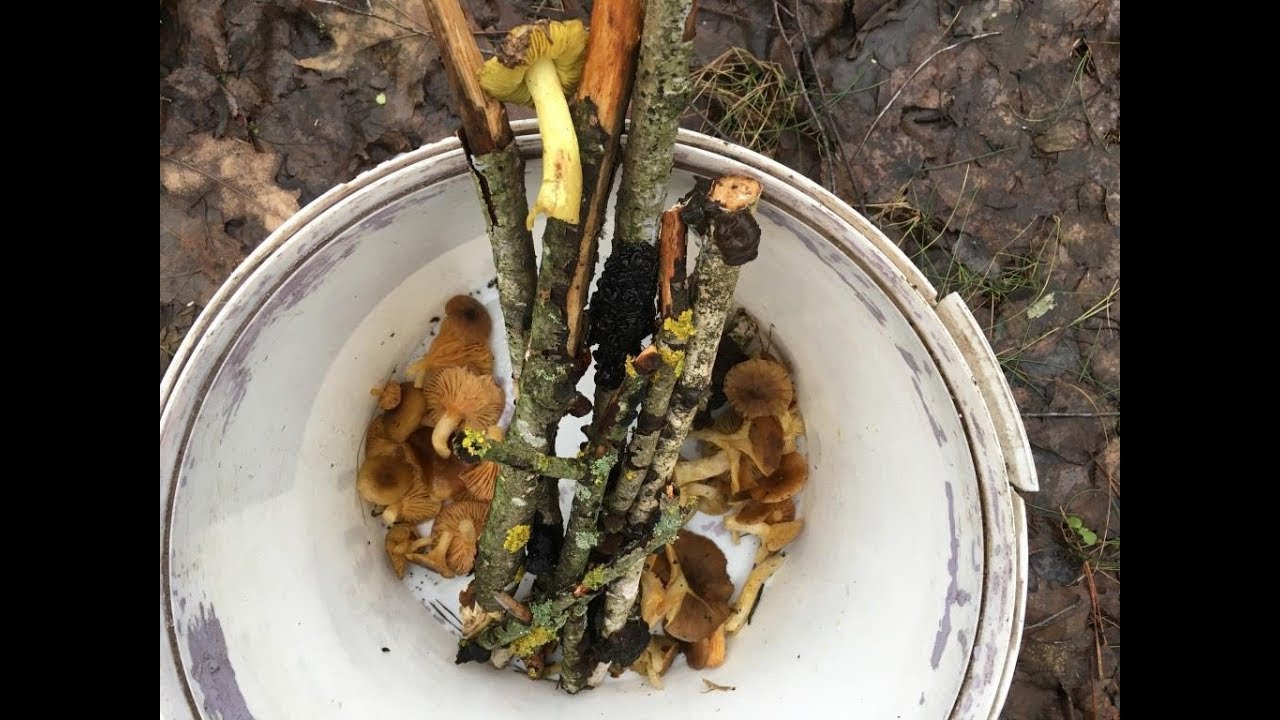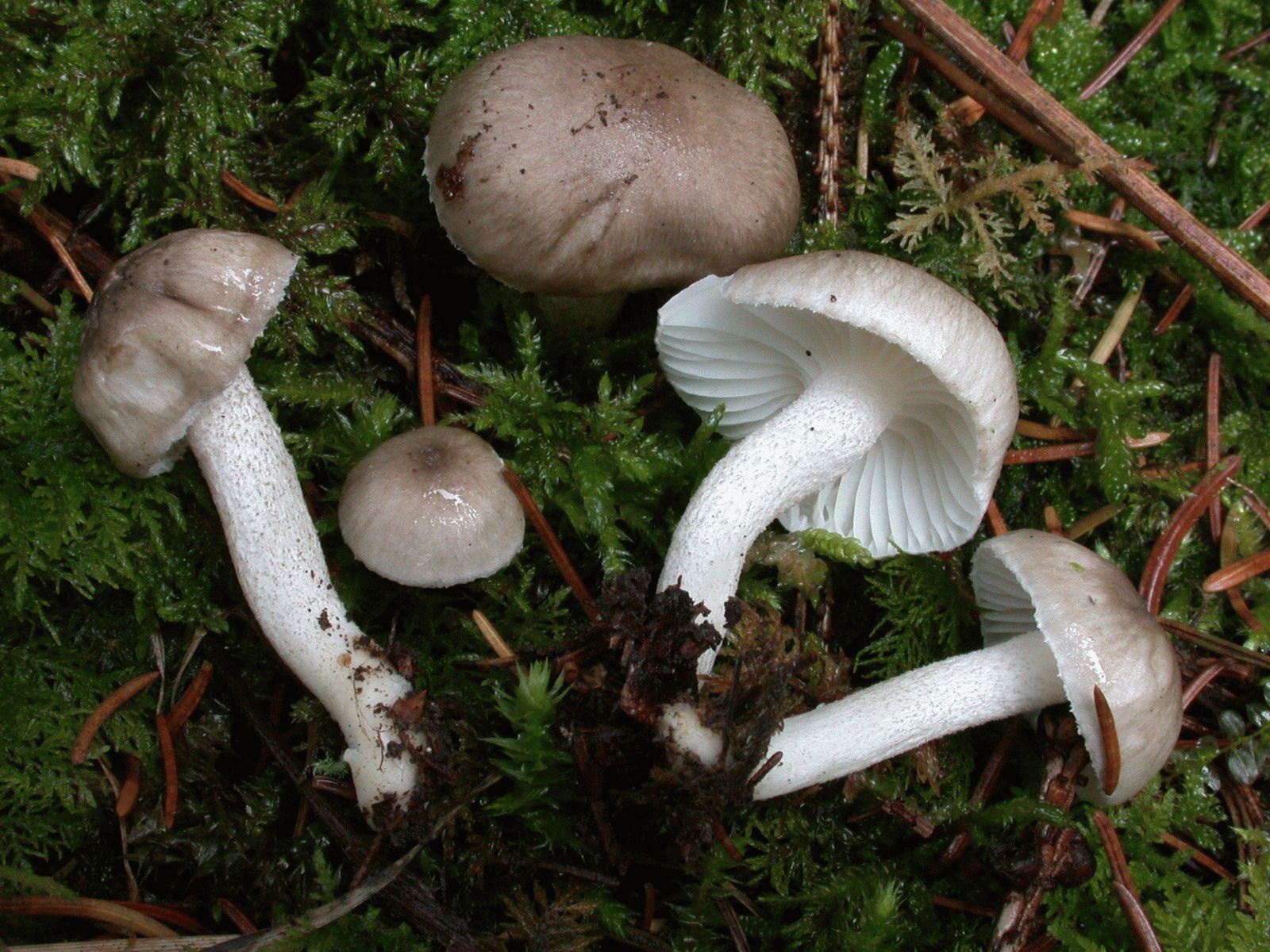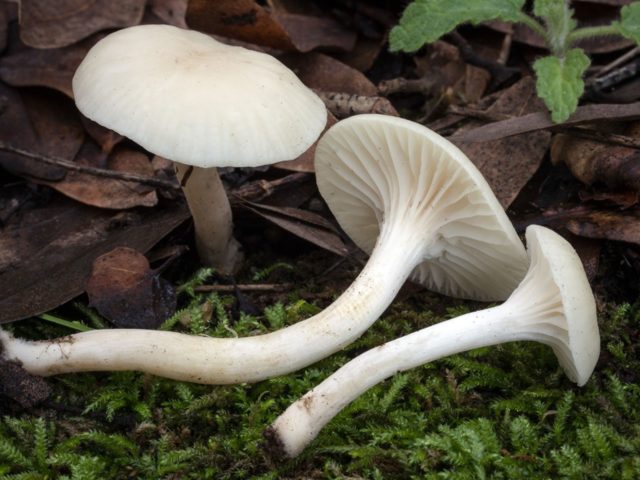Mushroom Gigrofor description.
The name Hygrophorum unites the numerous genus of lamellar mushrooms that are part of the Hygrophoric family. Mushrooms are widespread almost all over the world, but not everywhere they are considered edible. In our latitudes, about 10 different species grow, among which, both edible and inedible. The peculiarity of the genus hygrophor lies in the fact that practically all varieties have small fruit bodies, with convex mucous caps. Consider the descriptions of edible species.
- Snow-white hygrophor.
Tiny mushrooms that are common in meadows and deciduous forest areas. Due to their small size, it is difficult to notice them, so only the most attentive mushroom pickers get the "catch". The cap of the snow-white hygrophor is small, reaching a maximum of 3 cm in diameter. In young mushrooms, the cap has a hemispherical, convex shape, but with age it becomes noticeably flattened, it can become funnel-shaped. In young mushrooms, the color of the cap is white; with age, it acquires a cream or beige shade.
At high humidity, the surface of the caps becomes slimy. A distinctive feature is thin and rare descending plates. The leg grows in height from 3 to 6 cm. The leg is painted in the same shade as the cap. In the context, the pulp is snow-white, with a mild aroma and very thin, almost tasteless. Snow-white gigrofor belongs to the fourth category of edible mushrooms, it can be consumed only after soaking and heat treatment.
- Russula hygrophor.
Another edible variety of the genus Hygrophor. Most often, this mushroom can be found in coniferous forests, birch groves, but not earlier than mid-September, and not later than the end of November. The russula hygrophor has a rich taste and light mushroom aroma, its flesh is white, does not change color during oxidation, but is slightly bitter, so it is soaked before cooking to get rid of the bitter aftertaste.
Pinkish caps can grow from 2 to 9-10 cm, have a hemispherical, convex shape, but eventually become flat, outstretched. On the surface of the cap, small scales are observed closer to the center. The leg is thin, erect or curved, up to 10 cm in height, closer to the cap it is covered with small scales, and at the base it is painted beige. The plates of the mushroom are thick, descending to the stem.
- Gigrofor brown.
This mushroom must be found in damp, parietal and mossy places of coniferous and mixed forests, and it is considered one of the latest, since it begins to bear fruit only at the beginning of October. Mushroom caps are depressed in the center, medium-sized - maximum about 5-6 cm in diameter. The surface of the cap is covered with a thin, sticky, brown, or brown-olive skin, which is slightly lighter at the edges.
Thick, waxy plates are yellow, descend to the peduncle and are sparsely located. Legs are thin, up to 1 cm in diameter, long - up to 10 cm, cylindrical. The leg can be painted in a beige or olive-brown shade, slimy, with a barely noticeable filmy ring - the remains of the bedspread. Brown hygrophor is good for pickling and pickling, can be used boiled.
- Olive brown hygrophor.
An edible and tasty hygrophor, found primarily in coniferous forests. The fruiting season begins in August and ends with the first frost. The legs of this mushroom are white or brown or light olive, covered with ringed scales of a darker shade. Caps can grow up to 10 cm in diameter, slimy and sticky, in dry weather they shine with a glossy shine. The color of the hat is light olive, the shade becomes more saturated closer to the center, and lighter at the edges.
Contraindications for the use of fragrant hygrophors.
These mushrooms cannot cause much harm, but it is worth considering certain features inherent in all representatives of the mushroom kingdom. They are heavy food due to their excessive fiber content, so with regular consumption of mushrooms, you may experience a feeling of discomfort and heaviness in the stomach.
The composition of hygrophors includes chitin, which is poorly absorbed by children. In addition, all mushrooms are capable of absorbing harmful substances from the environment, therefore they are collected in places located far from industrial enterprises and highways.

Related species.
The blushing hygrophor is an edible relative of the fragrant hygrophor. His hat is domed at first, and later it fully unfolds. The surface of the cap is pinkish-white with yellowish spots. They grow in mixed and coniferous forests. They are collected from August to September. Most often, reddening hygrophors are found under fir trees.
The golden gigrophore is another edible relative of the fragrant hygrophor. Its cap can be convex and spread, its surface is smooth, sticky, at first whitish, and later yellowish in color. The leg is often curved. Golden hygrophors bear fruit from summer to autumn, in coniferous and deciduous forests. They are mainly harvested under beeches and oaks. These are good, tasty mushrooms.
What does the hygrophor Persona look like?
A little-known species stands out among the representatives of its family for its catchy appearance with an unusual color for mushrooms. The color changes during the growth period. At the beginning of the growing season, the fruit bodies are dark with a brown or brown tint, then lighten to gray-green.
The peculiarity of the color is that at any age, olive color is present to a greater or lesser extent, not only on the surface of the fruit body, but also in the pulp. The color is more pronounced at the base of the stem and in the upper layer of the cap.
The external characteristics of the Persona hygrophor are as follows:
- At the beginning of the growing season, the cap is conical with a blunt bulge in the center, then it takes a rounded-outstretched shape with concave edges, the diameter is 8-10 cm.
- The bulge becomes less noticeable, but always darker in color than the main background.
- The surface is flat, covered with a dense layer of mucus, which is present even at low humidity.
- The spore-bearing layer is formed from plates of different lengths, some of them are located along the edge of the cap, some reach the border with the stem. The longest are descending.
- The plates are wide, thin, arcuate, and sparsely located. In young specimens they are white, in older specimens they are light brown with a green tint.
- The height of the leg is 12 cm. It, like the cap, changes during the aging period of the fungus. At the beginning of growth, the shape is cylindrical, narrow near the mycelium, on top - white, then gray-green, fine-scaled. The lower part is darker, covered with mucus. There are several gray-green rings on the surface.
- The structure is fibrous, the inner part is one-piece.
Important! The pulp is dense, thick, with a light fruity odor and a sweetish taste


